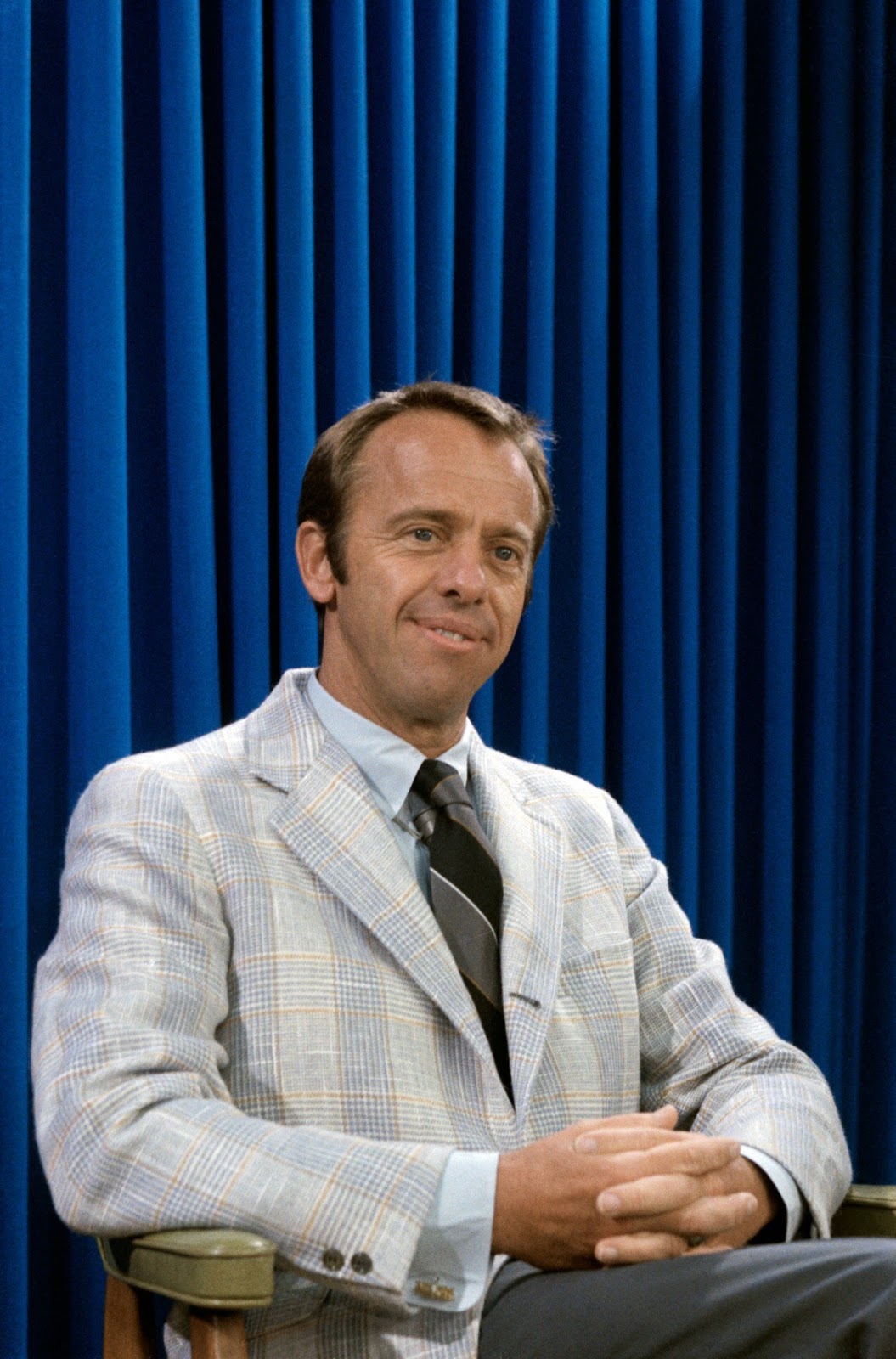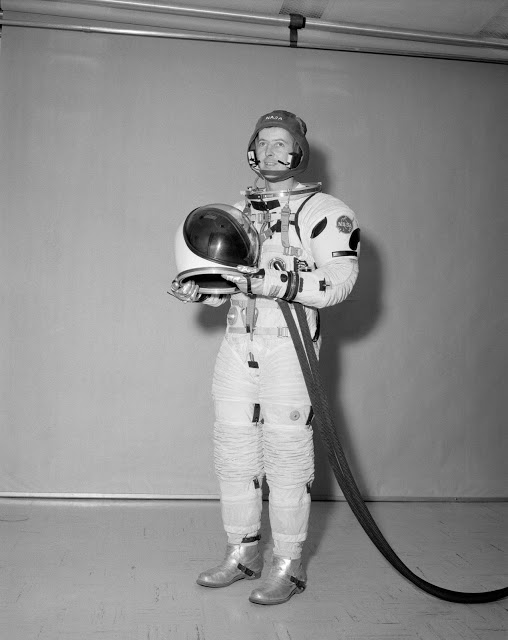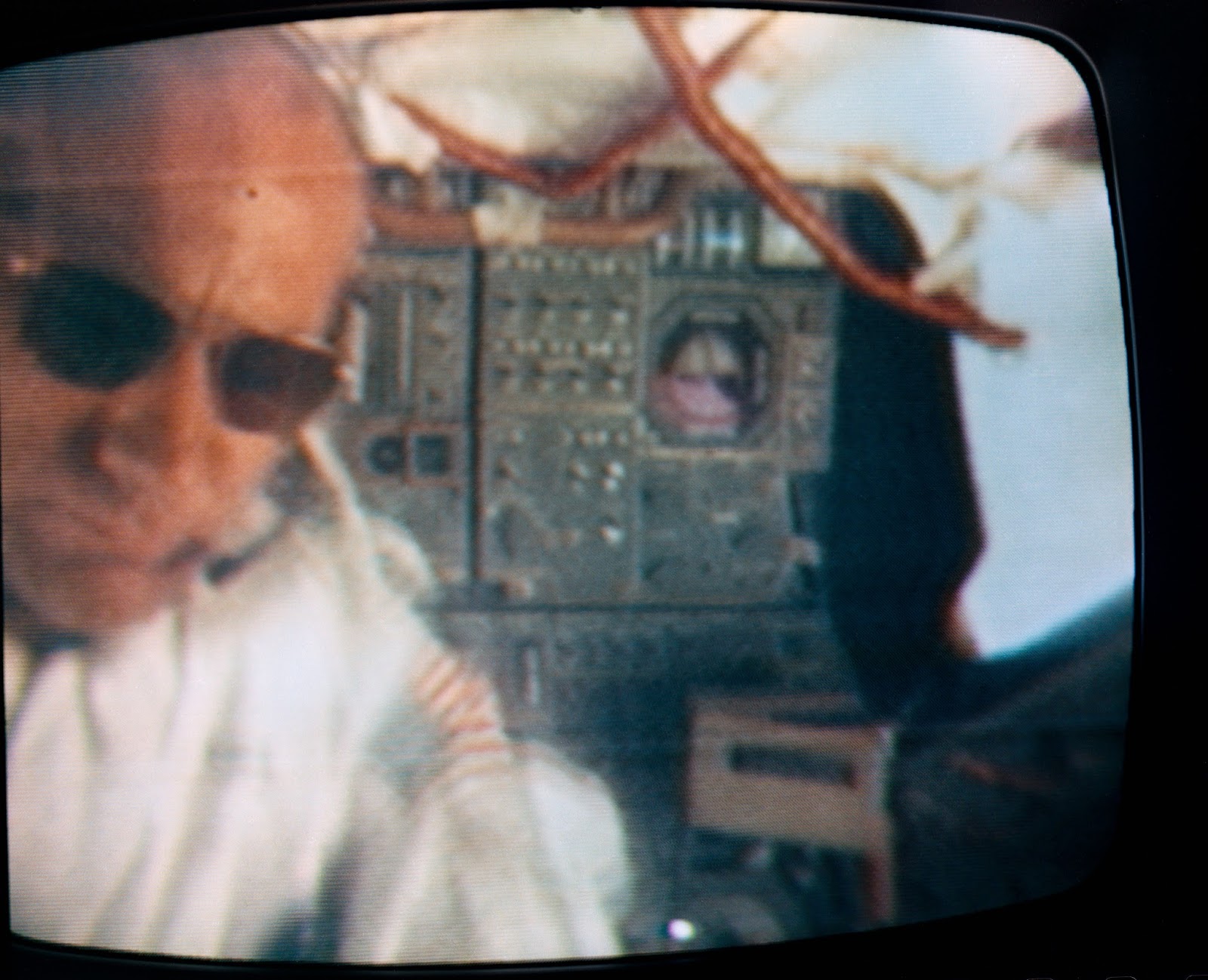“In the early days of the space program NASA, aided by a questionable agreement with Life magazine, sought to portray the first astronauts as the embodiment of American values. Good husbands, fathers, family men, patriots, professionals. It would have been naïve even at that time to expect them all to be from the same cookie cutter mold. Perhaps that mold was legitimate in one dimension only: they were all competent, even outstanding, pilots.” – Dwayne Day, “Buzz Aldrin will not stop talking,” published on The Space Review, May 15, 2017
“[Joan Crawford] was a professional. We did one picture together. Our lives intersected. That’s it.” – Bette Davis played by Susan Sarandon in Feud: Bette and Joan
The subheadings in Dwayne Day’s piece “Buzz Aldrin will not stop talking,” which was published in The Space Review in May, asked the reader, “What do we owe our heroes? What do our heroes owe us?” Day later added, “Our heroes are rarely who we want them to be.” Day underscored in his piece that the tempestuous Aldrin was the first of the Apollo astronauts to tarnish the luster of the “perfect Astronaut” image with his 1973 autobiography, Return to Earth. In that tome, Aldrin discussed the less pleasant aspects of his life in then-unprecedented detail, even dishing intimate details about his alcoholism, adultery, and depression, which were taboo topics at the time. While Aldrin’s achievements cannot be discounted, he has always been kind of an “odd bird” compared to his contemporaries.
Despite that, Aldrin wouldn’t be the last astronaut to dismantle the image of the “astronaut hero.” Walt Cunningham’s All-American Boys, originally published in 1977, functioned as the Ball Four of astronaut autobiographies. Cunningham spared very little in his reminiscences about his colleagues. Two more recent entries in the genre, Al Worden’s Falling to Earth and Donn Eisele’s Apollo Pilot (both co-written with Francis French) further tore down the image of the perfect Astronaut, the infallible knight clad in a white A7L spacesuit.
The Apollo astronauts, probably more than their shuttle counterparts, occupy a strange place in history. Many were test pilots, and all were suddenly thrust into an unforgiving spotlight with little to no warning.Some of them wore their “fame” with more dignity than others. One fictional book released in May, Island of Clouds by Gerald Brennan, furthers Day’s investigation into the myth of “astronaut as hero,” shedding light upon the “fame monster,” and the forced notion of brotherhood and camaraderie among the astronaut corps. Warning: minor book spoilers included.
Aldrin and Shepard: The Two Antiheroes
The major conflict in Island of Clouds involves the two strong personalities of Alan Shepard and Buzz Aldrin. It’s believable, yet ironic, that both men would have such a strong dislike for one another, as they both exist mainly as vessels in the book – vessels into which humanity pours its hopes, dreams, and future. Their similarities in the book run deep – both men possessan elevated status being considered spaceflight pioneers, and both frequently fall victim to their egos. Aldrin even viewsShepard’s use of nautical terms for space station Explorer’s quarters as a sort of threat, and Shepard, to his credit, was petty enough to go through with naval naming conventions as sort of an “up yours” to Air Force guyAldrin. The conflict soon spirals beyond mere forced references to the bathroom as “the head.”
 |
| NASA photo. Alan Shepard pictured in 1970, before his Apollo 14 flight. |
Both astronauts also function as supremely flawed heroes in the book. Shepard is dogged by rumors of adultery, and enters into questionable-at-best business dealings. Aldrin’s characterization seems based directly off of his desperate state recountedin Return to Earth: this is an anxious man who drinks fartoo much, and sometimes is an unreliable narrator.
Part of the tension between the two men in Island of Clouds also seems to arise from the fact that for better or worse, the two astronauts’ names will forever be intertwined with one another due to their mission. Neither seem jazzed about spending much time together, especially during a long-duration flight to Venus. However long or short their time together is, though, they’ll forever be on the mission patches, the merchandise, the photographs, and in the history books.
Astronaut Michael Collins briefly touched upon this phenomenon, calling the Apollo 11 crew “amiable strangers.” In actuality, the Apollo-eraastronauts spent a very finite time together in space and at work, but they’re (sometimes unfairly) forever associated with their crew mates. While some crews got along famously well (such as Apollo 12), space history tells us some were more like the “strangers” Collins described, and some openly disliked one another. Some of these men came to despise one another. Shepard and Aldrin make it clear that they’re doing this one mission together, their lives will briefly intersect, and that’s it.
Before the book’s tension reaches its point of crisis, a third astronaut dynamic emerges. Just like a child of divorcebeing forced to mediate a contentious situation between two sparringparents, space rookie Dr. Joe Kerwin emerges as Island of Clouds’ one true adult character.
Enter Joe Kerwin, the “Doctor-Confessor”
“Strange repairmen, these. The short wiry one is a celebrated astronaut – third man to walk on the moon.
The other, a lanky space rookie, is a physician by trade, and by nature a bit of a poet.” -Thomas Y. Canby, “Skylab, Outpost on the Frontier of Space,” National Geographic, Oct. 1974
The character of Joe Kerwin in Island of Clouds (also based on his real-life counterpart) is wholly necessary for the book’s narrative to work, because he functions as the personification of astronaut virtue (see also Ed White, who briefly appears in the book). Kerwin’s character isn’t dogged by rumors of adultery, excess partying, and shady business dealings; by all accounts (also, as in real life) here was a rather collegiate, focused, pipe-smoking gentleman committed to the mission and his family. Fictionalized Aldrin confronts this directly on page 38: “Shepard gives me a look. ‘Don’t knock Kerwin. He’s probably the only truly decent guy on this mission. And I do include myself in that assessment.’”
 |
| “Astronaut-Scientist Joseph P. Kerwin wears a A4H prototype Apollo Space Suit, Bldg. 7, Life Systems Laboratory. MSC, HOUSTON, TX B&W” Date listed as 10/13/1965, NASA photo. |
Ironically, Kerwin ends up as the de facto commander during Explorer’s mission, whether he likes it or not. He often plays peacemaker between Aldrin and Shepard during the early phases of the Venus flyby mission, and later in the book finds himself essentially in charge of “fixing” some most unpleasant situations (again, I won’t spoil the book too much). Kerwin ends up bearing the heavy emotional load of Explorer’s mission.
Kerwin’s presence in Island of Clouds indirectly addresses the strange disconnect between fame and achievement. If the book had been reality, Kerwin would’ve been the most qualified “rookie” to ever fly a space mission; by the time of his real life 1965 astronaut selection, he’d already added doctor, pilot, and writer to his curriculum vitae, all at the tender age of 33.Also in real life, Kerwin spent 28 days in space during 1973’s Skylab 2, more cumulative time than both of his fictional colleagues combined (Shepard spent nine days in space, while Aldrin totaled 11).
However, unlike his fictional colleagues, Kerwin is not a household name, and after his missions (real and fictionalized) he disappeared back into relative obscurity (not that it bothered him at all). He’d be selling no T-shirts festooned with catchy slogans. This is a character who seemed far removed from the world of celebrity appearances, and existed to get the job done at the risk of not being popularly recognized. He functions as Explorer’s practical crew member, and therefore will not be famous. This is a fate that befalls all the Kerwins in the world.
Read more about Island of Clouds in this interview conducted with author Gerald Brennan earlier this year.
“If all goes well he thrills those crowds
And stands in front again
For accolades
And motorcades
Big parades
Front-page charades
Resident hero, puppet hero
Some hero!”
-Al Worden, “The Hero” (from Hello Earth: Greetings from Endeavour, published 1974)
Emily Carney is a writer, space enthusiast, and creator of the This Space Available space blog, published since 2010. In January 2019, Emily’s This Space Available blog was incorporated into the National Space Society’s blog. The content of Emily’s blog can be accessed via the This Space Available blog category.
Note: The views expressed in This Space Available are those of the author and should not be considered as representing the positions or views of the National Space Society.



















